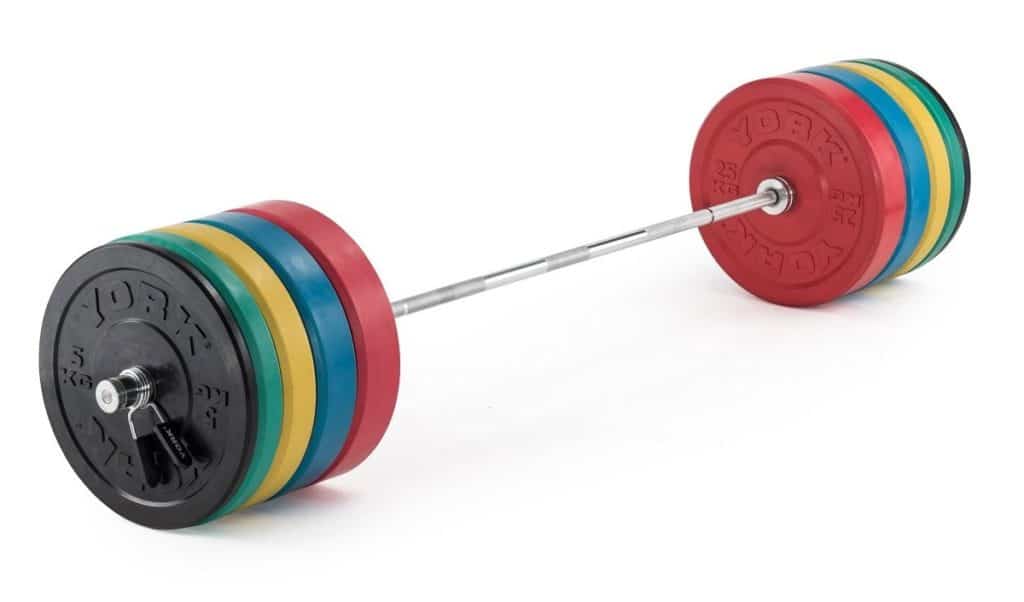The only two times it is acceptable to drop weights
BANG!
CRASH!
Nothing interrupts a good training session like someone showing the iron no respect.
It is, as a gym owner or manager, the one thing you must strive to prevent if you hear it happening.
The weights are the most expensive commodity in the gym and their shelf life will dramatically decrease with poor maintenance (nothing says poor maintenance like dropped weights).
Many will think “but heavy metal isn’t going to get damaged if I drop it on the floor!”
But it isn’t just the weights.
Few gyms have purpose built strengthened floors and not only does it make a gym business a poor tenant, even ground structures can be weakened over time.
Finally, dropped weights can lead to serious injury, not just for the lifter themselves, but for others around them.
Insurance premiums will be horribly nightmarish trying to get the heavy lifter to explain why his outstanding strength led to the bouncing of a 50kg dumpbell onto a ladies now broken foot.
However there are two times when you can in theory drop weights.
The coloured soft weights all the same size
Have you seen the weights where the 25, 20, 15, 10 etc are all different colours but are the same radius and/or diameter?
These weights are technically designed to be dropped (leading to the only other time it is acceptable).
However these weights are usually on a specific bearing platform.
These platforms will be very specific in the gym and are different from the black cushion mats you see on free weight floors.
Black cusion mats = stop free weights bouncing
Wooden load bearing platform = designed to spread dropped/placed weight evenly.
The colour weights, as opposed to iron or modern weights that are ‘gym branded’, are not heavy metal wrapped in plastic (which breaks and cracks over time).

Which leads us to the second acceptable time to “drop”
The deadlift
A deadlift comes in numerous forms but in most elements, the move is completed at the top of the lift.
Placing a deadlift down (the lowering motion) isn’t a bad thing.
It can be beneficial to drop the barbell after full extension (one is standing) has been achieved.
For all of those screaming “but how come Olympic or Cross Fit athletes drop their weights all the time!”
Well, for a start, the exertion required at that level, the supervision and the expertise of the combatants is well beyond the ordinary gym goer.
But bending down to place a heavy deadlift sometimes has nothing to with weight protection or etiquette, it is simple that the body is completed exerted after ultra-heavy lifts.
In these cases, drop away friend, drop away.




